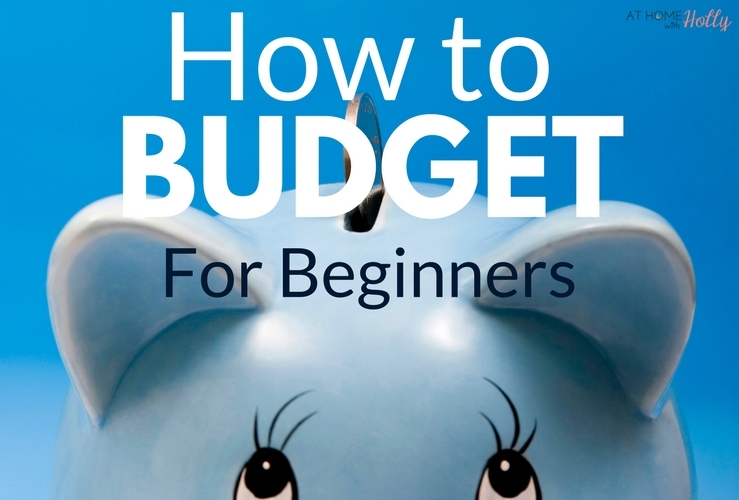How to Teach Financial Literacy to Students with Autism
How to Teach Financial Literacy to Students with Autism
We all know that financial skills are essential. Whether learning to stay within a budget or how to save for a big purchase, focusing on financial skills early in life will allow your child to be prepared for the future. If you are a parent of a child with special needs, it may feel like there are a few more hoops to jump through, but it’s nothing that you can’t handle. If you want your children to become independent, live on their own, open a bank account, use a debit card correctly, grocery shop, etc. then teaching these lessons will be a great start for them. Here are some tips I found that should help you (and me!) teach our kids about money.
Learn on a Daily Basis
Incorporate financial skill building into your daily schedule. A recent study called, “Financial Capabilities Among Youth with Autism Spectrum Disorder” notes that “Educational programs that include financial literacy in both schools and independent living programs could increase autonomy and quality of life for people with autism.”
The study also found that young people with autism who took part in the study “recognized that financial understanding was an essential part of being independent adults.” As I read that sentence, it brought me chills.
As our kids grow up, they’ll realize how important financial skills are, especially if they have aspirations to move out and begin a life on their own. With that in mind, I’m including money management skills in my curriculum so it becomes ingrained in my child. Scheduling the lessons daily helps to keep the knowledge fresh in his mind.
Break out the Coins
Some children learn better and grasp concepts easier when using hands-on teaching methods. In our lessons, my son and I discuss what each coin is called and what it’s worth. I repeat these exercises over and over so he has a better chance at memorizing the coins.
We practice math skills with the coins and when he gets a bit older, I plan on giving him his own coins. He can put them in his pocket or save them. When we practice now, I throw out a few coins on the table and he picks them out and names them. Experts recommend starting these exercises at an early age, such as three or four years old.
Make it a Game
Role-playing is effective when teaching young kids with autism. I play the store clerk and my son is the customer. I have certain objects, such as a yo-yo, that I put price stickers on. He picksout the item or items he wants and then we figure out the prices and the total.
I’ve also noticed that he likes interactive, online educational tools for learning math. I use online curriculum with lessons that appear more like video games than regular school lessons. It keeps him focused, and he can repeat the activities until he completely understands the concepts.
Head to the Store
Once your child starts grasping how much each coin is worth, take him or her shopping. But first, make certain you pick a time that the store isn’t busy. Not everyone is patient, and negativity can make things stressful for everyone involved. The Autism Awareness Centre, Inc. recommends choosing a cashier that your child is familiar with—not a complete stranger.
As you begin the process, first give your child the correct amount when the cashier adds up the total. This will help reinforce the concept of exchanging money. Once your child understands, let him or her pick out the correct change needed for a purchase.
For example, if my total comes to $53.47, I let my son pick out the forty-seven cents from my purse. As he progresses, I’ll let him pay the total and then finally, when he has his own money, I’ll watch as he makes the transaction on his own.
I also plan on having him work the ATM machine. Once he understands the process of putting in the debit card and punching in the amount, I’ll let him do it on his own. I’ll also have him count out the bills, making sure we have the correct amount. I have a feeling he’ll love the ATM machine but I’m also worried he might think that the machine just spits out money as if by magic. That’s something else I’ll teach him about.
Open a Savings Account
I remember when my parents went with me to open up my first savings account. It was incredible. I had my own bankbook to track every transaction. Every time I deposited money, there it was in my book. Do the same with your child at an early age. But this time, monitor the account on the computer. My son loves looking at his account and watching it grow. You can also use money management tools such as Mint.
These tools can help create budgets, track your expenses, offer tips, and often use a phone and tablet apps as well. Or, if you prefer, take a trip to your local bank. Here’s something cool I found: Regions Bank, located in the southern and midwest US, recently announced its intention to make its 1500 branches autism-friendly.
In addition to training their employees to recognize and communicate with people with autism, their website says that they offer: “Sensory packs containing a stress ball, sunglasses, and noise-canceling earbuds at branch locations to assist a customer with autism who may experience a sensory episode due to noise, lights, and other factors “
Don’t be afraid to start teaching your children about finances as early as possible. There’s a big world out there waiting for them, and whether or not they become more independent, financial skills will help them to navigate it on their own, empower them, and enhance their quality of life.


